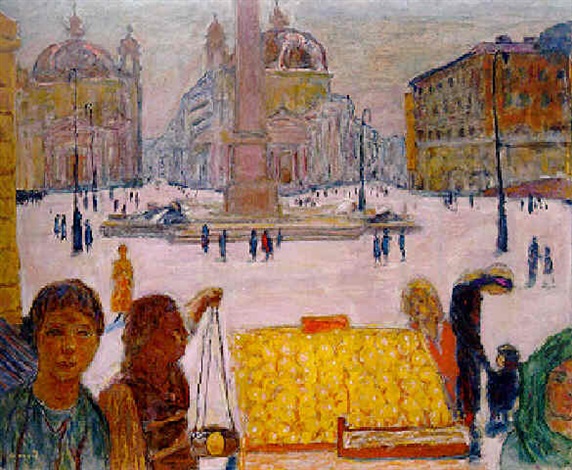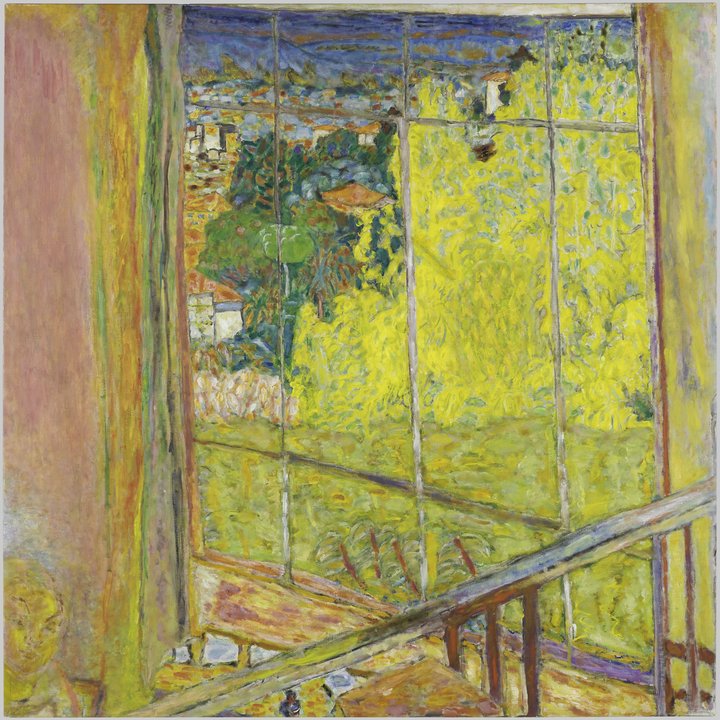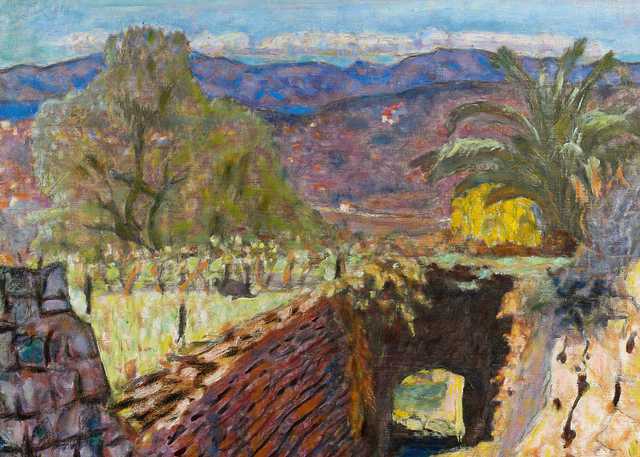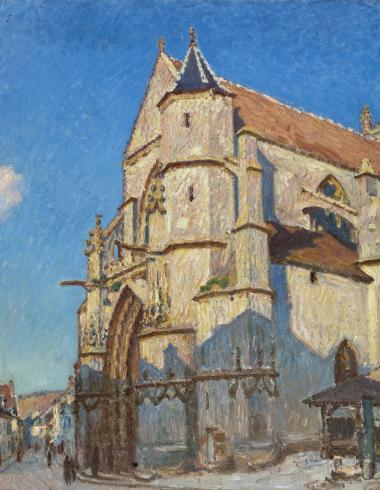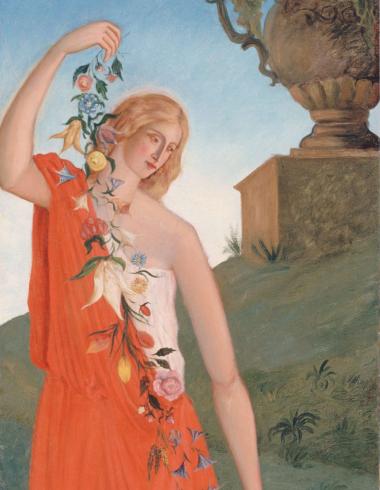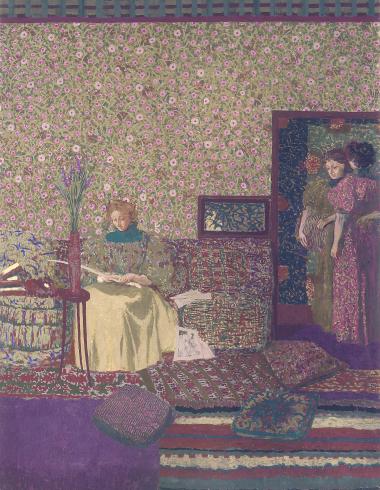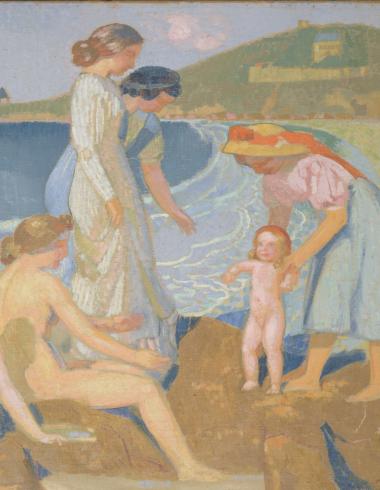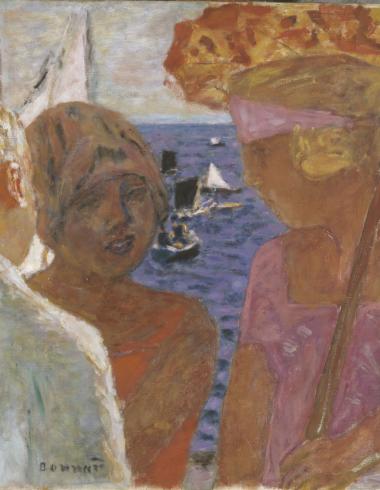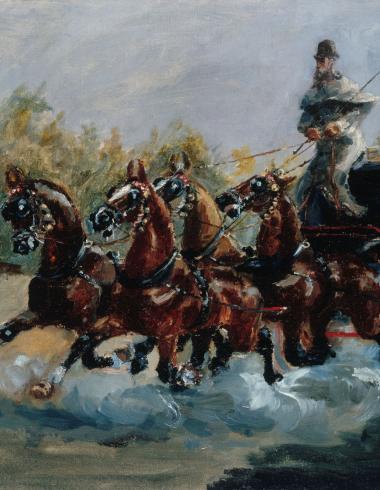Dressed in rustic Italian costume or nude on a grassy plain, rendered with a sophisticated use of color and a deft, delicate touch, Corot's women convey a mysterious sense of their inner lives.
Corot: Women features 44 paintings created between the 1840s and the early 1870s: nudes, individual figures in costumes, and an allegorical series of the model in the studio. The National Gallery of Art is the only venue for
Corot: Women, on view from September 9 through December 31, 2018.
"Recognized as a great master of landscape painting, Corot is among the best represented artists in the Gallery's collection of 19th-century French art. This unique exhibition presents an opportunity to examine a smaller and less well-known aspect of his career," said Earl A. Powell III, director, National Gallery of Art. "We are grateful to The Edwin L. Cox Exhibition Fund, as well as Leonard and Elaine Silverstein, who helped to make this exhibition possible."
One of the greatest landscape painters of the 19th century, Jean-Baptiste-Camille Corot (1796–1875) bridged the French neoclassical tradition and the impressionist movement of the 1870s. His figure paintings constitute a much smaller and less well-known portion of his oeuvre, but are of equal importance to the history of art, in particular for the founders of modernist painting, such as Paul Cézanne, Pablo Picasso, and Georges Braque.
Corot: Women both distills and expands upon the Musée Marmottan Monet's exhibition
Corot: The Painter and His Models (Paris, February 8–July 22, 2018).
About the ExhibitionCorot: Women focuses on Corot's images of women painted throughout his career but rarely exhibited in his lifetime. Corot's figural oeuvre is comprised largely of three major motifs: nudes, single figures in costume posed three-quarter and full-length, and a late series of allegories focused on his studio. The model served a series of established poetic types: modern, Italian, or Greek women reading, seated or walking; women at wells; girls weaving crowns of flowers; women playing mandolins or tambourines, seated or standing, in an interior or against a landscape.
The costumed, single-figure works make up the largest component of Corot's figural paintings. They range from vaguely neoclassical images of models in muted tones, antique garb, and simplified compositions, such as
![Image result for [[["xjs.sav.en_US.lxRHmxI2TrQ.O",5]],[["id","type","created_timestamp","last_modified_timestamp","signed_redirect_url","dominant_color_rgb","tag_info","url","title","comment","snippet","image","thumbnail","num_ratings","avg_rating","page","job"]],[["dt_fav_images"]],10000]]()
Jean-Baptiste-Camille Corot
The Blonde Gascon, c. 1850
oil on canvas
overall: 40.01 x 30.16 cm (15 3/4 x 11 7/8 in.)
Smith College Museum of Art, Northampton, Purchased with the Drayton Hillyer Fund
Photo by Stephen Petegorsky
The Blonde Gascon (c. 1850),
to more romantic evocations of sitters in richly colored exotic dress, as depicted in
![https://upload.wikimedia.org/wikipedia/commons/thumb/0/05/Jean-Baptiste-Camille_Corot_-_%27Young_Woman_in_a_Pink_Skirt%27%2C_c._1845%E2%80%9350.jpg/627px-Jean-Baptiste-Camille_Corot_-_%27Young_Woman_in_a_Pink_Skirt%27%2C_c._1845%E2%80%9350.jpg]()
Jean-Baptiste-Camille Corot
Young Woman in a Pink Skirt, c. 1845–1850
oil on canvas
overall: 47.8 x 39.3 cm (18 13/16 x 15 1/2 in.)
framed: 71.12 x 62.87 x 7.62 cm (28 x 24 3/4 x 3 in.)
Sterling and Francine Clark Art Institute, Williamstown
Image © Sterling and Francine Art Institute, Williamstown, Massachusetts, USA (photo by Michael Agee)
(c. 1845–1850). Incorporating Corot's sophisticated color sensibility in the costume details, each work conveys a distinct feminine subjectivity.
In the mid-1850s the nude became a way for Corot to give a new direction to his career and to establish himself as more than a landscape painter. Corot's engagement with the traditional genre of the nude was complicated by the shifting social position of artists' models and the incursion of photography into artistic practice in France's Second Empire.
Corot's studio, recognized by his contemporaries as essential to understanding his method and the meaning of his art, embodied his artistic aspirations and achievements. Beginning around 1865 Corot transcribed and reinvented his studio in a group of paintings that reference the studio's broader artistic and cultural significance. More than just a working space, Corot's studio was integral to his identity and was a recurring theme in his art, especially in the final decade of his life.
Three highlights in this exhibition are from the Gallery's collection:
![https://upload.wikimedia.org/wikipedia/commons/thumb/f/f1/Jean-Baptiste-Camille_Corot_-_Agostina_-_Google_Art_Project.jpg/555px-Jean-Baptiste-Camille_Corot_-_Agostina_-_Google_Art_Project.jpg]()
Jean-Baptiste-Camille Corot
Agostina, 1866
oil on canvas
overall: 132.4 x 97.6 cm (52 1/8 x 38 7/16 in.)
framed: 173.7 x 138.4 cm (68 3/8 x 54 1/2 in.)
National Gallery of Art, Washington, Chester Dale Collection
Agostina (1866), Corot's largest figure painting;
![File:Repose by Jean-Baptiste-Camille Corot, 1860, reworked c. 1865-1870 - Corcoran Gallery of Art - DSC01293.JPG]()
Jean-Baptiste-Camille Corot
The Repose, 1860, reworked c. 1865/1870
oil on canvas
overall: 57.8 x 101.6 cm (22 3/4 x 40 in.)
framed: 83.8 x 127.3 x 12.1 cm (33 x 50 1/8 x 4 3/4 in.)
National Gallery of Art, Washington, Corcoran Collection (William A. Clark Collection)
The Repose (1860, reworked c. 1865/1870), the only female nude he exhibited publicly;
![Image result for [[["xjs.sav.en_US.lxRHmxI2TrQ.O",5]],[["id","type","created_timestamp","last_modified_timestamp","signed_redirect_url","dominant_color_rgb","tag_info","url","title","comment","snippet","image","thumbnail","num_ratings","avg_rating","page","job"]],[["dt_fav_images"]],10000]]()
Jean-Baptiste-Camille Corot
Corot's Studio: Woman Seated before an Easel, a Mandolin in Her Hand, c. 1868
oil on wood
overall: 61.8 x 40 cm (24 5/16 x 15 3/4 in.)
framed: 78.4 x 56.5 cm (30 7/8 x 22 1/4 in.)
National Gallery of Art, Washington, Widener Collectio
and
Corot's Studio: Woman Seated before an Easel, a Mandolin in Her Hand (c. 1868), which is the most resolved from his series of studio paintings.
Corot's female figures hover between the sitter's likeness, art historical precedents, and formal innovations, resulting in mysterious images that go beyond the generic categories of portraiture, allegory, and erotica.
Exhibition CuratorThe exhibition is curated by Mary Morton, curator and head of the department of French paintings at the National Gallery of Art, Washington.
![https://upload.wikimedia.org/wikipedia/commons/thumb/1/18/Gypsy_Girl_with_Mandolin%2C_by_Jean-Baptiste-Camille_Corot.jpg/555px-Gypsy_Girl_with_Mandolin%2C_by_Jean-Baptiste-Camille_Corot.jpg]()
Jean-Baptiste-Camille Corot
Gypsy Girl with Mandolin, c. 1870
oil on canvas
overall: 63.5 x 50.8 cm (25 x 20 in.)
framed: 87 x 75.6 x 9.5 cm (34 1/4 x 29 3/4 x 3 3/4 in.)
National Gallery of Art, Washington, Gift of Count Cecil Pecci-Blunt
Jean-Baptiste-Camille Corot
Italian Girl, c. 1872
oil on canvas
overall: 65 x 54.5 cm (25 9/16 x 21 7/16 in.)
framed: 94.9 x 84.5 x 11.4 cm (37 3/8 x 33 1/4 x 4 1/2 in.)
National Gallery of Art, Washington, Gift of the Avalon Foundation
Jean-Baptiste-Camille Corot
Interrupted Reading, c. 1870
oil on canvas mounted on board
overall: 92.23 x 65.09 cm (36 5/16 x 25 5/8 in.)
framed: 131 x 104 x 14 cm (51 9/16 x 40 15/16 x 5 1/2 in.)
The Art Institute of Chicago, Potter Balmer Collection
The Art Institute of Chicago / Art Resource, NY
Jean-Baptiste-Camille Corot
Juive d'Alger, c. 1870
oil on canvas
overall: 81.9 x 64.8 cm (32 1/4 x 25 1/2 in.)
Private Collector
Jean-Baptiste-Camille Corot
Melancholy, c. 1860
oil on canvas
overall: 48 x 36 cm (18 7/8 x 14 3/16 in.)
framed: 75.2 x 63.2 x 11 cm (29 5/8 x 24 7/8 x 4 5/16 in.)
Ny Carlsberg Glyptotek, Copenhagen
Jean-Baptiste-Camille Corot
Wounded Eurydice, c. 1868–1870
oil on canvas
overall: 60.64 x 45.4 cm (23 7/8 x 17 7/8 in.)
Minneapolis Institute of Art, Bequest of Mrs. Egil Boeckmann
Jean-Baptiste-Camille Corot
Woman with a Large Toque and a Mandolin, c. 1850–1855
oil on canvas
overall: 112 x 88 cm (44 1/8 x 34 5/8 in.)
Private Collection
Jean-Baptiste-Camille Corot
Young Woman at The Fountain, c. 1860
oil on canvas
overall: 65 x 42 cm (25 9/16 x 16 9/16 in.)
Musée d'Art d'Historie de Genève
© Musées d’art et d’histoire, Ville de Genève, Dépôt de la Fondation Jean-Louis Prévost & de laFondation Gandur pour l’art, Genève, 1875, n° inv. BA 2010-0001, photo by Bettina Jacot-Descombes
Jean-Baptiste-Camille Corot
Bohemian Woman at a Fountain, c. 1865–1870
oil on canvas
overall: 58.1 x 42.86 cm (22 7/8 x 16 7/8 in.)
Philadelphia Museum of Art, The George W. Elkins Collection, 1924
The Philadelphia Museum of Art / Art Resource, NY
Jean-Baptiste-Camille Corot
The Crown of Flowers, c. 1865–1870
oil on canvas
overall: 64.8 x 43.2 cm (25 1/2 x 17 in.)
framed: 91.44 x 49.53 x 10.16 cm (36 x 19 1/2 x 4 in.)
The Baltimore Museum of Art, The Helen and Abram Eisenberg Collection
Photo by Mitro Hood
Jean-Baptiste-Camille Corot
Springtime of Life, 1871
oil on canvas
overall: 105.09 x 74.61 cm (41 3/8 x 29 3/8 in.)
Minneapolis Institute of Art, Bequest of Mrs. Erasmus C. Lindley in memory of her father, James J. Hill
Jean-Baptiste-Camille Corot
Diana and Actaeon (Diana Surprised in Her Bath), 1836
oil on canvas
overall: 156.53 x 112.71 cm (61 5/8 x 44 3/8 in.)
Lent by The Metropolitan Museum of Art, Robert Lehman Collection, 1975
Jean-Baptiste-Camille Corot
Marietta (Roman Odalisque), 1843
oil on paper mounted on canvas
overall: 29.3 x 44.2 cm (11 9/16 x 17 3/8 in.)
framed: 49 x 63 x 8 cm (19 5/16 x 24 13/16 x 3 1/8 in.)
Petit Palais, Musée des Beaux-Arts de la Ville de Paris ![File:Jean-Baptiste Camille Corot Bacchante with a Panther.jpg]()
Jean-Baptiste-Camille Corot
Bacchante with a Panther, 1860, reworked c. 1865–1870
oil on canvas
overall: 55 x 95 cm (21 5/8 x 37 3/8 in.)
framed: 81 x 121 x 9 cm (31 7/8 x 47 5/8 x 3 9/16 in.)
Collection of Shelburne Museum, Anonymous gift in memory of Harry Payne Bingham
Jean-Baptiste-Camille Corot
Bacchante by the Sea, 1865
oil on wood
overall: 38.74 x 59.37 cm (15 1/4 x 23 3/8 in.)
framed: 54 x 75 x 7 cm (21 1/4 x 29 1/2 x 2 3/4 in.)
Lent by The Metropolitan Museum of Art, H.O. Havemeyer Collection, Bequest of Mrs. H. O.Havemeyer, 1929
Jean-Baptiste-Camille Corot
Saint Sébastien, c. 1850–1860
oil on canvas
overall: 90 x 60.5 cm (35 7/16 x 23 13/16 in.)
Musée des Beaux-Arts, Lyon
© Lyon MBA - Photo RMN / Ojeda-Le Mage
Jean-Baptiste-Camille Corot
Woman with a Pearl, c. 1868–1870
oil on canvas
overall: 70 x 55 cm (27 9/16 x 21 5/8 in.)
framed: 93 x 74.5 x 9 cm (36 5/8 x 29 5/16 x 3 9/16 in.)
Musée du Louvre, Paris, Départment des Peintures
© RMN-Grand Palais / Art Resource, NY, photo by Stephane Marechalle
Jean-Baptiste-Camille Corot
Young Greek Woman, c. 1870–1871
oil on canvas
overall: 84.14 x 70.49 cm (33 1/8 x 27 3/4 in.)
framed: 102.3 x 73.7 x 10.8 cm (40 1/4 x 29 x 4 1/4 in.)
Jean-Baptiste-Camille Corot
Mademoiselle de Foudras, 1872
oil on canvas
overall: 88.9 x 59.3 cm (35 x 23 3/8 in.)
Lent by Glasgow Life (Glasgow Museums) on behalf of Glasgow City Council. Presented by Trustees of DWT Cargill, 1950
Jean-Baptiste-Camille Corot
Woman with a Pink Shawl, c. 1865–1870
oil on canvas
overall: 66.7 x 55.2 cm (26 1/4 x 21 3/4 in.)
Museum of Fine Arts, Boston, The Henry C. and Martha B. Angell Collection
Photograph © 2018 Museum of Fine Arts, Boston
![Image result for [[["xjs.sav.en_US.y5vqFNLwkD0.O",5]],[["id","type","created_timestamp","last_modified_timestamp","signed_redirect_url","dominant_color_rgb","tag_info","url","title","comment","snippet","image","thumbnail","num_ratings","avg_rating","page","job"]],[["dt_fav_images"]],10000]]()
Jean-Baptiste-Camille Corot
Sibylle, c. 1870
oil on canvas
overall: 81.92 x 64.77 cm (32 1/4 x 25 1/2 in.)
framed: 95.7 x 83 x 7.5 cm (37 11/16 x 32 11/16 x 2 15/16 in.)
Lent by The Metropolitan Museum of Art, H.O. Havemeyer Collection, Bequest of Mrs. H. O. Havemeyer, 1929
Jean-Baptiste-Camille Corot
Italian Woman (Woman with the Yellow Sleeve), c. 1870
oil on canvas
overall: 73 x 59 cm (28 3/4 x 23 1/4 in.)
framed: 87 x 57.4 x 13.5 cm (34 1/4 x 22 5/8 x 5 5/16 in.)
The National Gallery, London, Accepted in lieu of Inheritance Tax by HM Government from the estate of Lucian Freud and allocated to the National Gallery, 2012
© The National Gallery, London
Jean-Baptiste-Camille Corot
Woman with a Mandolin, c. 1860–1865
oil on canvas
overall: 51.4 x 40.3 cm (20 1/4 x 15 7/8 in.)
framed: 69.2 x 59.4 x 7 cm (27 1/4 x 23 3/8 x 2 3/4 in.)
Saint Louis Art Museum, Museum Purchase
Jean-Baptiste-Camille Corot
Woman Reading in the Country, c. 1868–1870
oil on canvas
overall: 54.3 x 37.5 cm (21 3/8 x 14 3/4 in.)
framed: 76 x 61 x 9 cm (29 15/16 x 24 x 3 9/16 in.)
Lent by The Metropolitan Museum of Art, Gift of Louise Senff Cameron, in memory of her uncle,Charles H. Senff, 1928
Jean-Baptiste-Camille Corot
Woman Reading in The Studio, c. 1868
oil on paperboard on wood
overall: 32.5 x 41.3 cm (12 13/16 x 16 1/4 in.)
framed: 50.5 x 59.1 x 6.4 cm (19 7/8 x 23 1/4 x 2 1/2 in.)
National Gallery of Art, Washington, Collection of Mr. and Mrs. Paul Mellon
Jean-Baptiste-Camille Corot
The Lady in Blue, 1874
oil on canvas
overall: 80 x 50.5 cm (31 1/2 x 19 7/8 in.)
framed: 125.5 x 95.5 x 16.5 cm (49 7/16 x 37 5/8 x 6 1/2 in.)
Musée du Louvre, Paris, Départment des Peintures
© RMN-Grand Palais / Art Resource, NY, photo by Stephane Marechalle

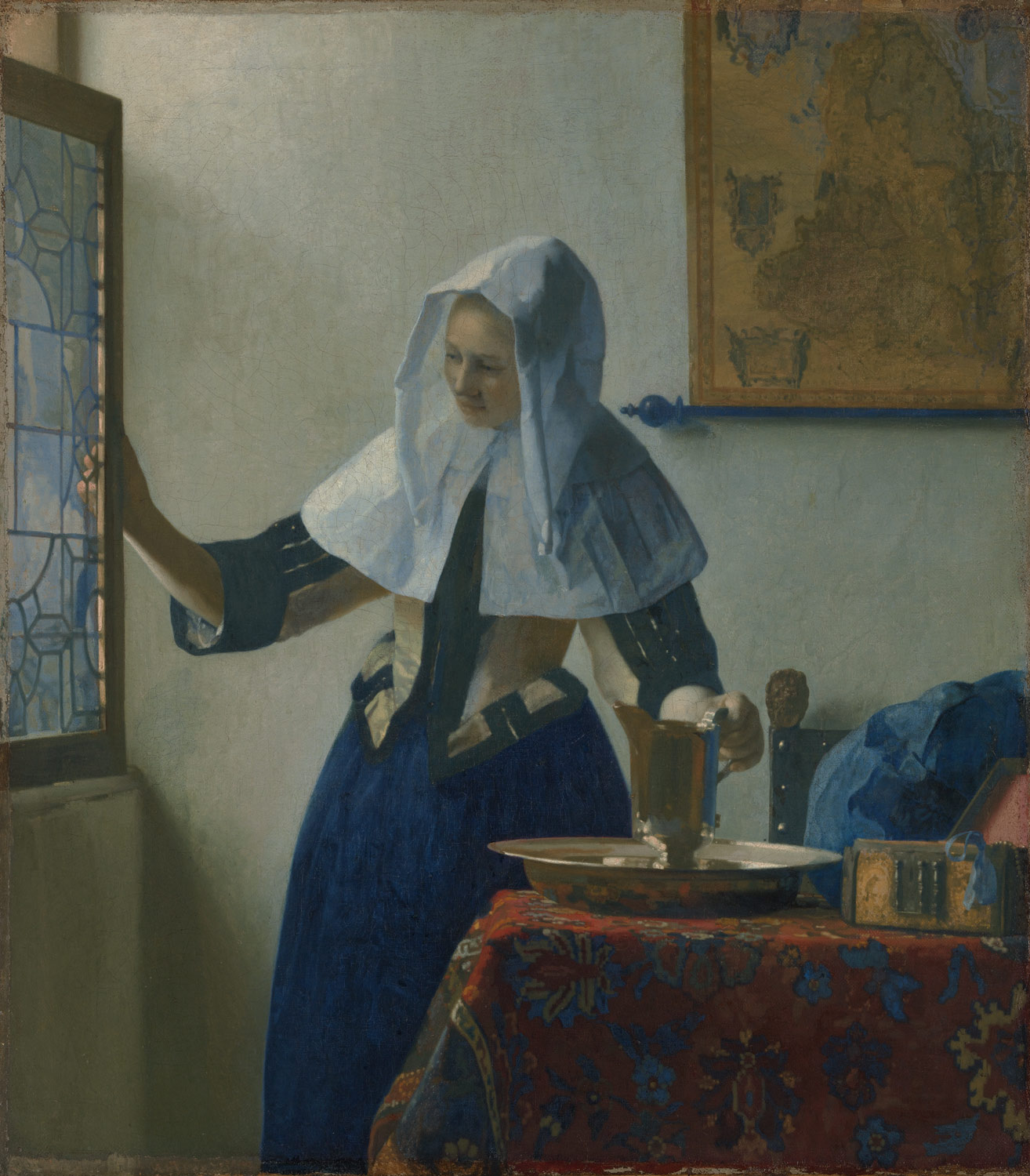
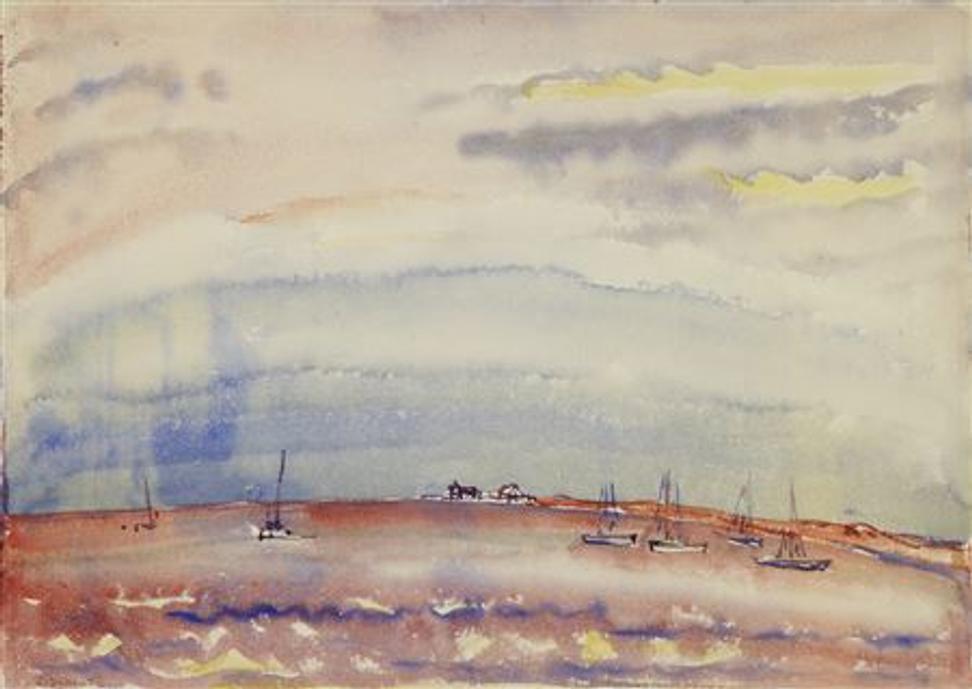

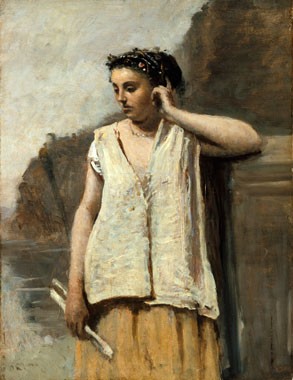
![Image result for [[["xjs.sav.en_US.lxRHmxI2TrQ.O",5]],[["id","type","created_timestamp","last_modified_timestamp","signed_redirect_url","dominant_color_rgb","tag_info","url","title","comment","snippet","image","thumbnail","num_ratings","avg_rating","page","job"]],[["dt_fav_images"]],10000]](http://arthive.com/res/media/img/orig/work/21a/307828.jpg)



![Image result for [[["xjs.sav.en_US.lxRHmxI2TrQ.O",5]],[["id","type","created_timestamp","last_modified_timestamp","signed_redirect_url","dominant_color_rgb","tag_info","url","title","comment","snippet","image","thumbnail","num_ratings","avg_rating","page","job"]],[["dt_fav_images"]],10000]](http://i.pinimg.com/originals/11/1d/5f/111d5f197a158fcf00c2232c41d02b55.jpg)




![Image result for [[["xjs.sav.en_US.23uiea-BVMI.O",5]],[["id","type","created_timestamp","last_modified_timestamp","signed_redirect_url","dominant_color_rgb","tag_info","url","title","comment","snippet","image","thumbnail","num_ratings","avg_rating","page","job"]],[["dt_fav_images"]],10000]](http://i.pinimg.com/736x/ac/ae/40/acae40e3ebc9c02206101a4d914a302c--jean-baptiste-portrait-paintings.jpg)
![Image result for [[["xjs.sav.en_US.23uiea-BVMI.O",5]],[["id","type","created_timestamp","last_modified_timestamp","signed_redirect_url","dominant_color_rgb","tag_info","url","title","comment","snippet","image","thumbnail","num_ratings","avg_rating","page","job"]],[["dt_fav_images"]],10000]](http://s-media-cache-ak0.pinimg.com/originals/89/94/ef/8994ef709a9101012df5fd5ec2466b2e.jpg)
![Image result for [[["xjs.sav.en_US.sjmJ-Qqmk9Q.O",5]],[["id","type","created_timestamp","last_modified_timestamp","signed_redirect_url","dominant_color_rgb","tag_info","url","title","comment","snippet","image","thumbnail","num_ratings","avg_rating","page","job"]],[["dt_fav_images"]],10000]](http://i.pinimg.com/originals/05/bd/a9/05bda9d65b6011b86f51bb09a24832a3.jpg)
![Image result for [[["xjs.sav.en_US.sjmJ-Qqmk9Q.O",5]],[["id","type","created_timestamp","last_modified_timestamp","signed_redirect_url","dominant_color_rgb","tag_info","url","title","comment","snippet","image","thumbnail","num_ratings","avg_rating","page","job"]],[["dt_fav_images"]],10000]](http://i.pinimg.com/originals/38/1a/a7/381aa7948d2caad70b23195abbd8f08f.jpg)

![Image result for [[["xjs.sav.en_US.y5vqFNLwkD0.O",5]],[["id","type","created_timestamp","last_modified_timestamp","signed_redirect_url","dominant_color_rgb","tag_info","url","title","comment","snippet","image","thumbnail","num_ratings","avg_rating","page","job"]],[["dt_fav_images"]],10000]](http://dg19s6hp6ufoh.cloudfront.net/pictures/613006086/large/963505b64123d1e2a3e1a8936b4ec43f.jpeg?1463705556)








![Image result for [[["xjs.sav.en_US.y5vqFNLwkD0.O",5]],[["id","type","created_timestamp","last_modified_timestamp","signed_redirect_url","dominant_color_rgb","tag_info","url","title","comment","snippet","image","thumbnail","num_ratings","avg_rating","page","job"]],[["dt_fav_images"]],10000]](http://images.metmuseum.org/CRDImages/ep/original/DT883.jpg)









.jpg)



![Image result for [[["xjs.sav.en_US.y5vqFNLwkD0.O",5]],[["id","type","created_timestamp","last_modified_timestamp","signed_redirect_url","dominant_color_rgb","tag_info","url","title","comment","snippet","image","thumbnail","num_ratings","avg_rating","page","job"]],[["dt_fav_images"]],10000]](http://pbs.twimg.com/media/DgroWPkXcAY8fx5.jpg)















![Image result for [[["xjs.sav.en_US.sjmJ-Qqmk9Q.O",5]],[["id","type","created_timestamp","last_modified_timestamp","signed_redirect_url","dominant_color_rgb","tag_info","url","title","comment","snippet","image","thumbnail","num_ratings","avg_rating","page","job"]],[["dt_fav_images"]],10000]](http://museefabre.montpellier3m.fr/var/storage/images/media/images/expositions/2018_picasso_-_donner_a_voir/taureau_debout/99075-1-fre-FR/Taureau_debout.jpg)














.jpg)















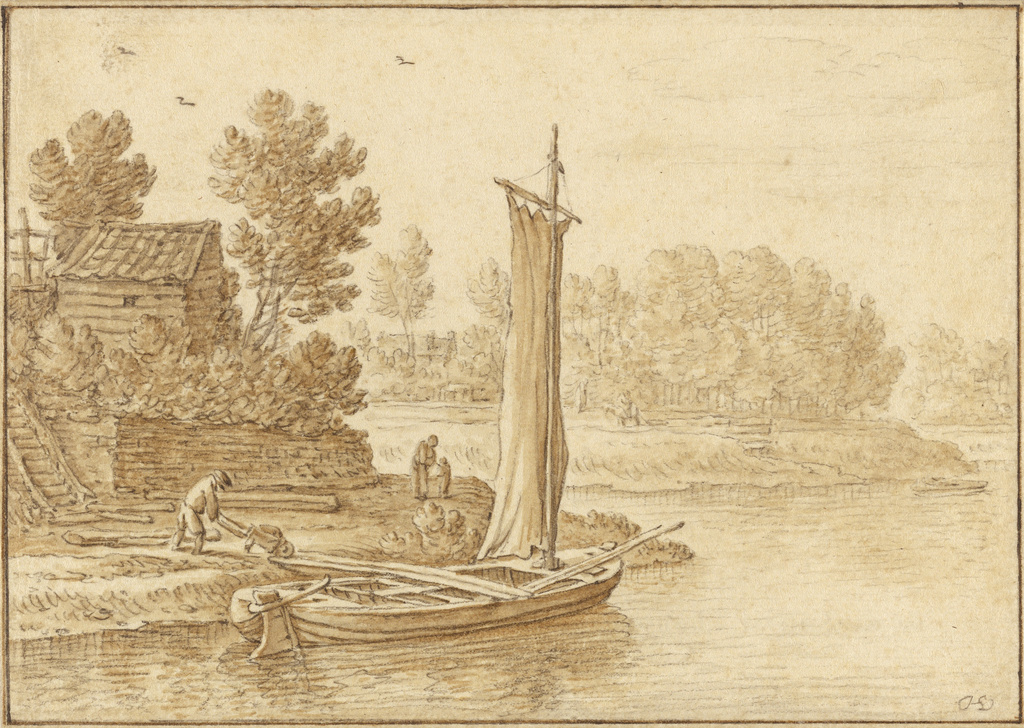
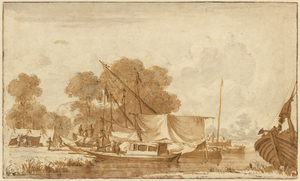











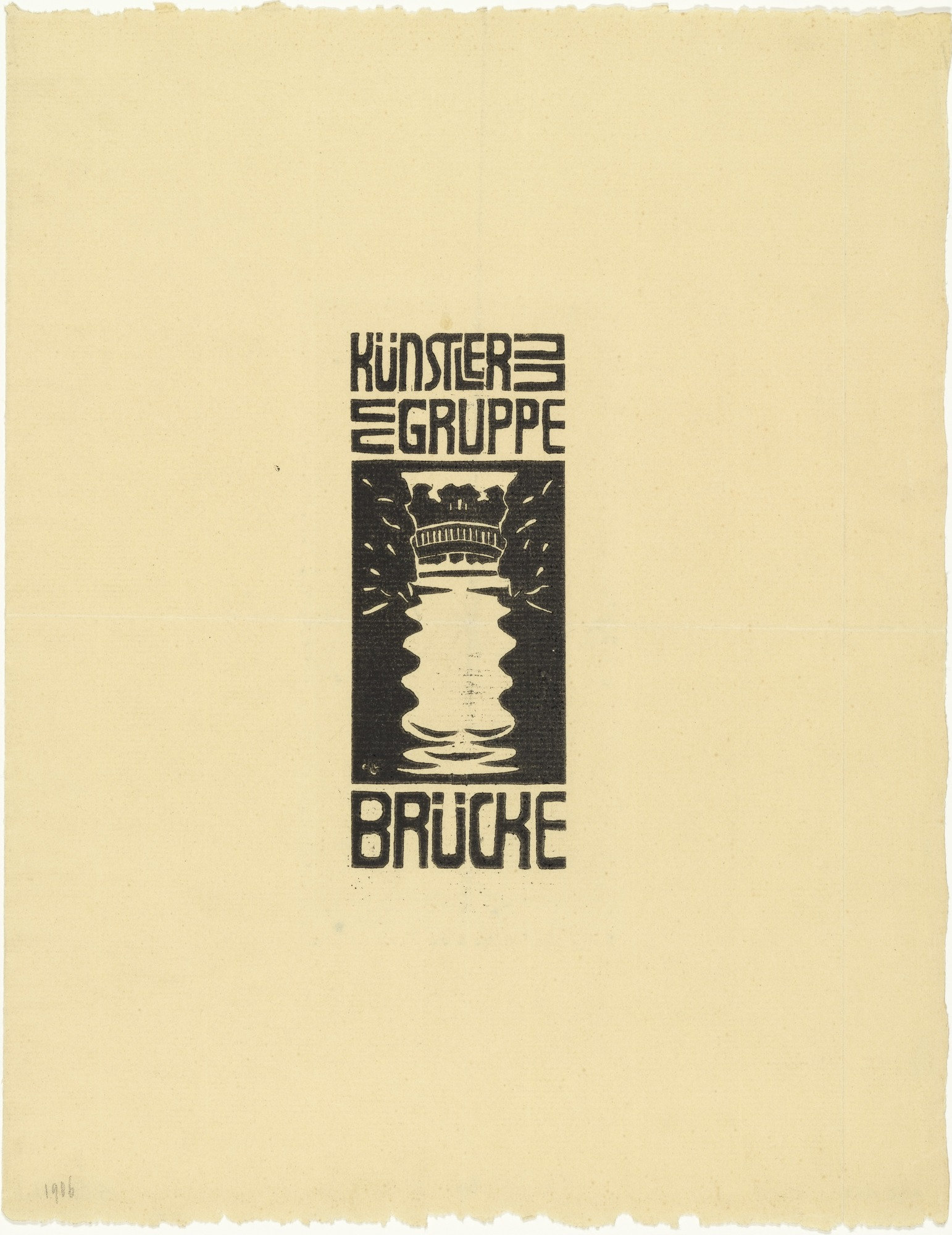
















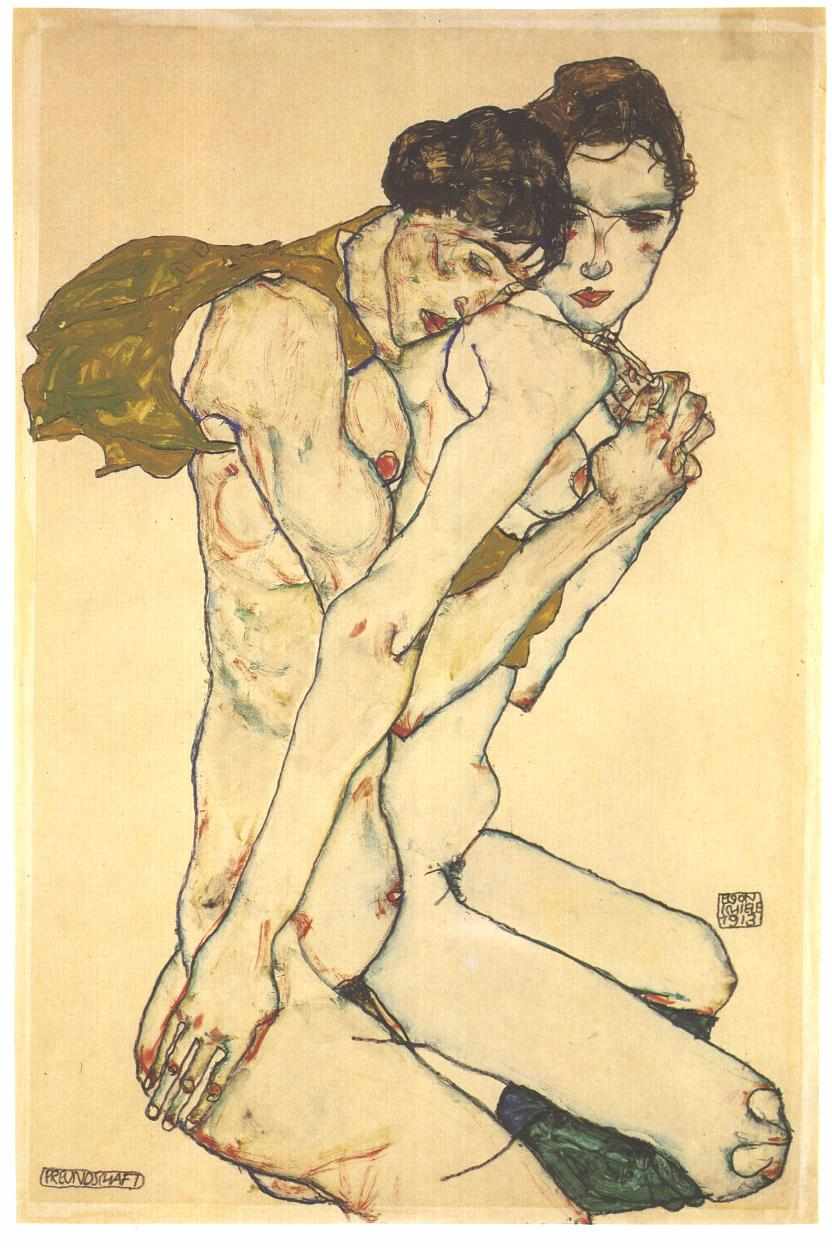

























![Pierre Bonnard, Ruelle à Vernonnet [Lane at Vernonnet]](http://www.nationalgalleries.org/sites/default/files/styles/postcard/public/externals/41326.jpg?itok=0v7f4vec)

